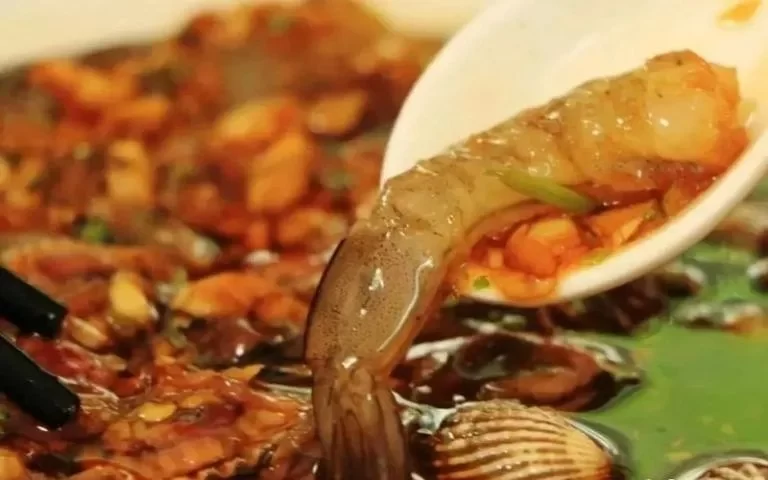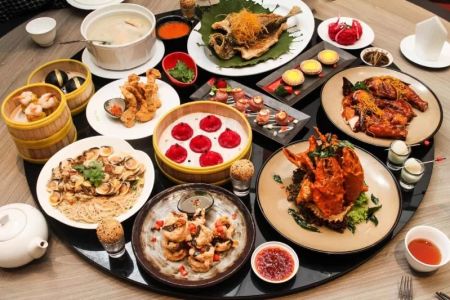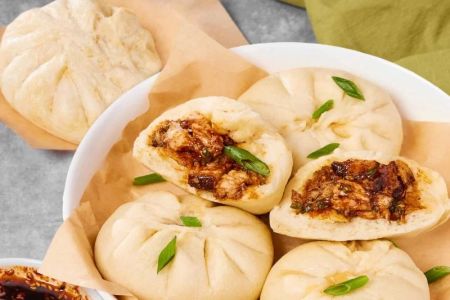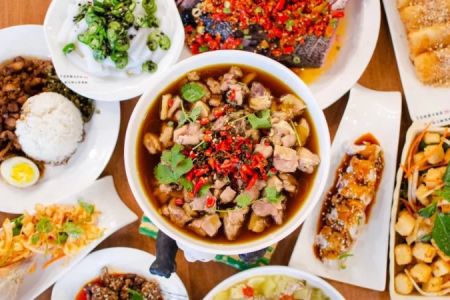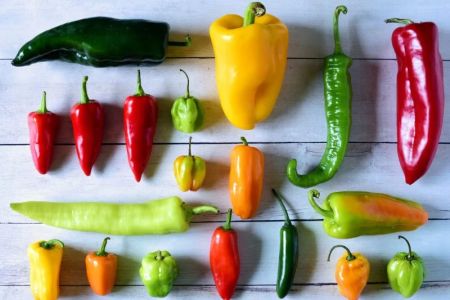- #the-importance-of-marinades-in-chinese-cuisine-enhancing-flavor-and-tenderizing-meats - title
- #marinade-role-in-chinese-cuisine - flavor-layering - cultural-context
- #tenderizing-meats-chinese-methods - enzyme-based - acid-based - salt-based
- #regional-marinade-variations - cantonese - sichuan - northern-chinese
- #real-stories-and-cases - family-recipes - restaurant-secrets
- #modern-twists-on-marinades - fusion - health-conscious-alternatives
- #chinese-food-how-we-help - ingredients - sauces - tools
- #faq-marinades-in-chinese-cooking - common-questions
The Importance of Marinades in Chinese Cuisine: Enhancing Flavor and Tenderizing Meats
In Chinese cuisine, marinades are not just pre-cooking steps—they are an art form. The right combination of sauces, aromatics, and seasonings can turn ordinary cuts into dishes bursting with depth, aroma, and tenderness. Whether it’s a humble street snack or a banquet centerpiece, the use of marinades reflects centuries of culinary wisdom. For those seeking authentic ingredients or pre-made blends, Chinese Food offers curated selections tailored for every cooking style.
How Marinades Shape Chinese Cooking
Flavor Layering for Depth
A Chinese marinade often combines sweet, salty, sour, and umami notes to create a multidimensional taste. Classic bases include soy sauce, Shaoxing wine, and sesame oil, each contributing its own character. Aromatics like ginger, scallions, and garlic weave through the mix, ensuring the flavor permeates the meat rather than sitting only on the surface.
Cultural and Historical Roots
Historically, marinades were used not just for taste but also for preservation—especially before refrigeration. In coastal provinces, salt-heavy marinades kept fish and poultry fresh longer. Inland, spice-laden blends mirrored the region’s trade influences, blending native herbs with imported spices like star anise and cloves.
Tenderizing the Chinese Way
Enzyme-Based Marinades
Fruit enzymes from ingredients like fresh pineapple or papaya gently break down protein fibers. In Cantonese cooking, a splash of pineapple juice in a marinade can transform pork into melt-in-the-mouth delicacy—though timing is crucial to avoid over-softening.
Acid-Based Techniques
Rice vinegar, Chinese black vinegar, or citrus juices are used sparingly to tenderize while adding brightness. Sichuan-style chicken often benefits from a vinegar-based marinade that balances the region’s bold chili oil.
Salt and Seasoning Blends
Salt, soy sauce, and fermented bean pastes draw out moisture, making the meat more receptive to flavors. The famous “velveting” method—marinating with salt, egg white, and cornstarch—ensures beef and chicken stay silky even after stir-frying.
Regional Marinade Styles
Cantonese Subtlety
Mild yet fragrant, often highlighting the freshness of the main ingredient. Marinades lean on light soy, ginger, and a hint of sugar to balance.
Sichuan Intensity
Layered heat from chili bean paste, numbing Sichuan peppercorns, and fermented sauces create marinades that awaken every taste bud. Perfect for beef skewers or spicy chicken.
Northern Heartiness
Bold, warming marinades featuring dark soy, garlic, and five-spice powder, often used for lamb or hearty pork cuts—suited for colder climates and robust flavors.
Stories from Kitchens
The Family Secret
In a Beijing household, a grandmother’s marinade for roast duck—dark soy, maltose, Shaoxing wine, and cinnamon—has been passed down for three generations. The taste is so iconic that family reunions aren’t complete without it.
Behind the Restaurant Curtain
A Guangzhou chef once shared how his char siu’s tenderness comes from marinating pork overnight in honey, red fermented bean curd, and hoisin sauce, followed by slow roasting. It’s a method that transforms humble pork shoulder into glossy perfection.
Modern Takes and Health-Conscious Approaches
Fusion Inspirations
Contemporary chefs blend traditional Chinese marinades with Western herbs—think rosemary in soy-based lamb marinades—or use Japanese miso for extra umami in stir-fry beef.
Health-Conscious Adjustments
Low-sodium soy sauce, natural sweeteners, and fresh herbs are increasingly popular, allowing health-focused cooks to enjoy traditional flavors without excess salt or sugar.
How Chinese Food Supports Your Marinade Journey
Ingredient Sourcing
Chinese Food offers authentic soy sauces, vinegars, spices, and specialty items, ensuring home cooks and professionals can replicate traditional marinades with confidence.
Tools and Techniques
From ceramic jars for pickling to digital scales for precise measurements, we match the right tools to your cooking style and recipe needs.
FAQ on Marinades in Chinese Cuisine
Common Questions Answered
1. How long should I marinate meat?
Anywhere from 30 minutes for thin cuts to overnight for larger roasts, depending on the marinade strength and meat type.
2. Can I reuse marinade?
Not without cooking it first. Boiling used marinade kills bacteria, making it safe as a sauce base.
3. Do all Chinese recipes require marinating?
No, but many benefit from it, especially stir-fried, grilled, or braised meats where flavor penetration is key.
4. What’s the difference between Chinese and Western marinades?
Chinese marinades often integrate fermentation, unique spice blends, and balance multiple taste profiles, while Western styles may focus more on singular flavor themes.


